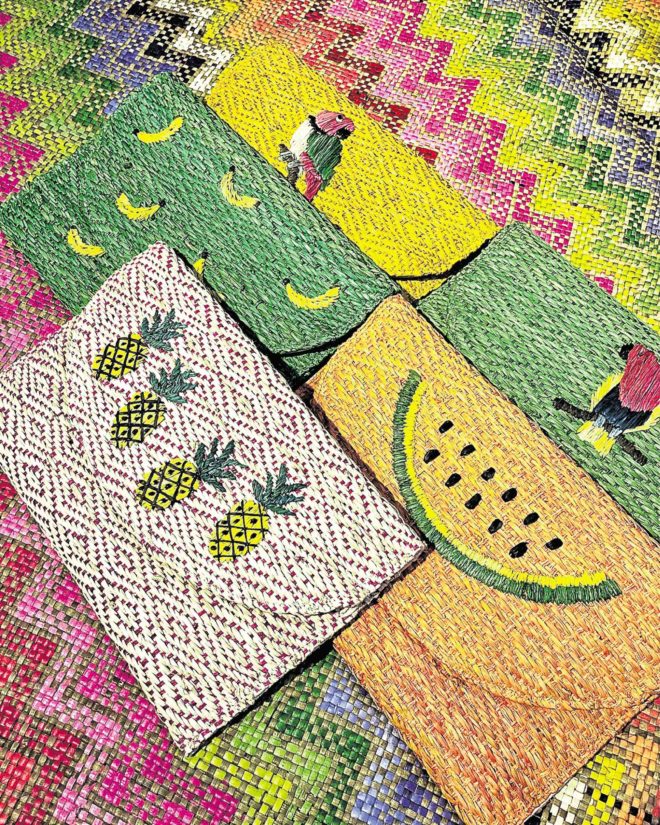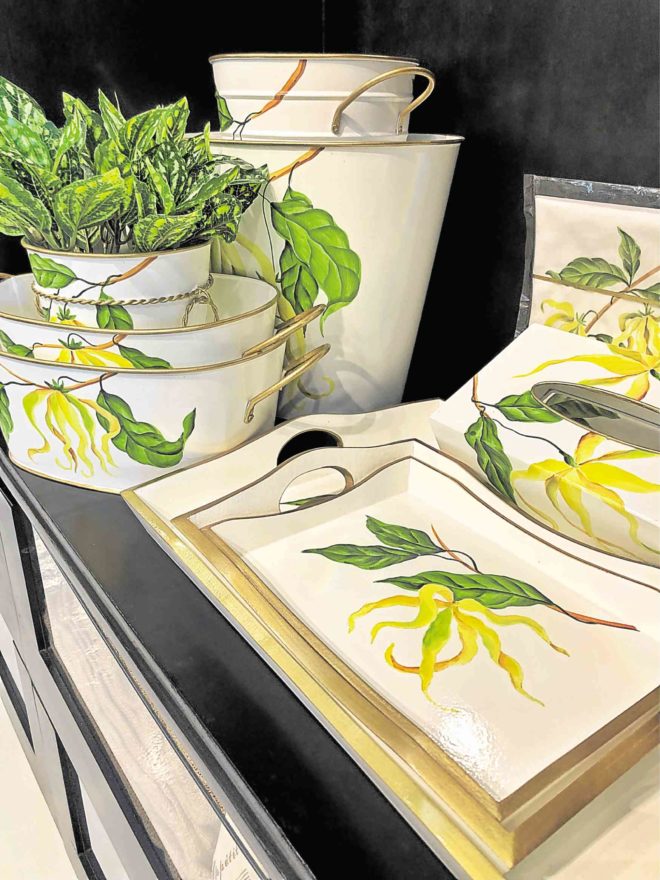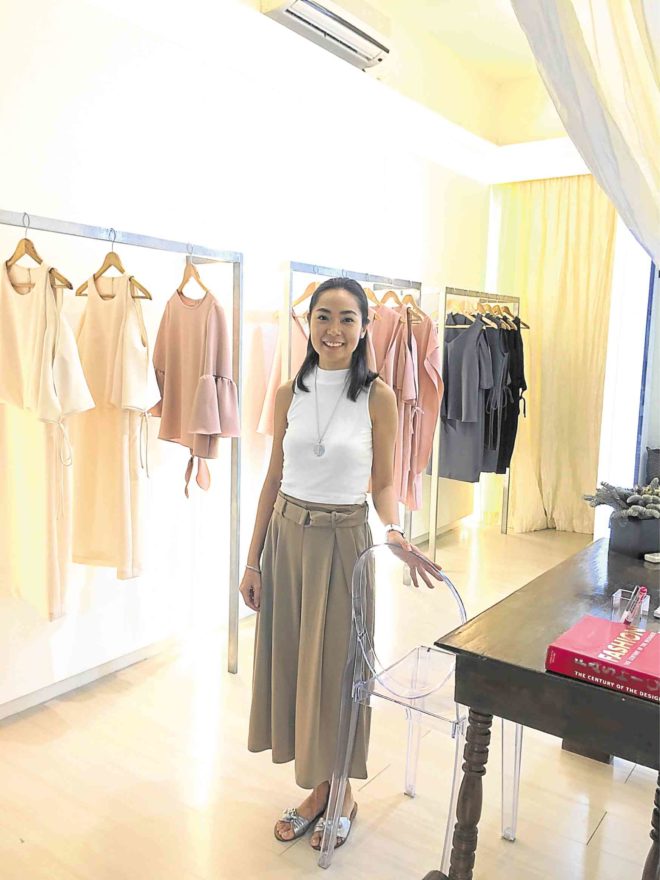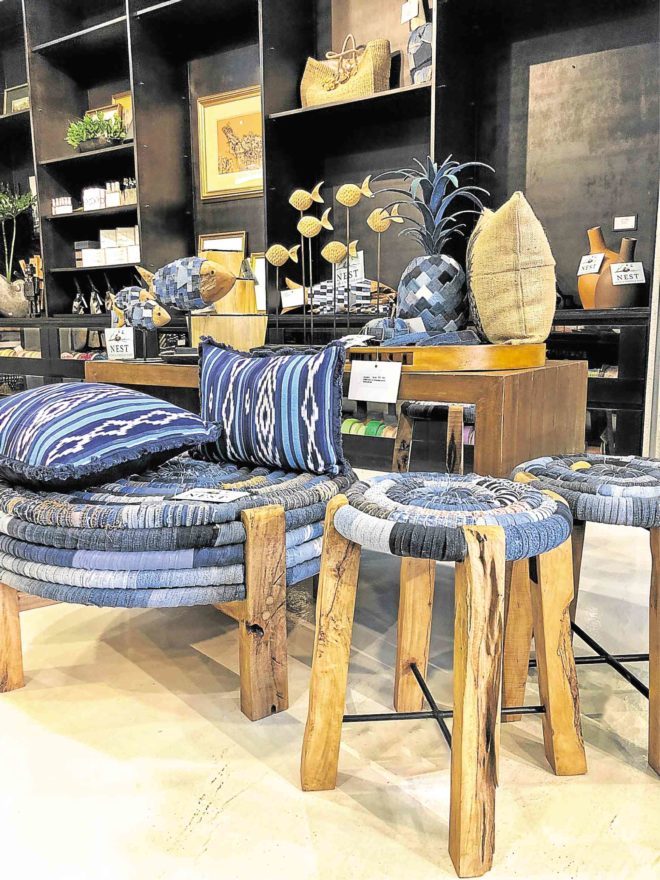
It’s a cliché to quote Coco Chanel, but since there was arguably no greater arbiter of style than she was, we’re going to do it anyway. She said, “Fashion is not something that exists in dresses only. Fashion has to do with the way we live.”
This was exactly what came to mind when fashion designer Philip Rodriguez introduced us to his latest venture, Nest Home & Fabrique Shop, which opened late last year. The designer, who needs no introduction, has been in the business of fashion for over three decades. But Nest is about his other passions—home design and Filipino artisanship.
Nestled on Gorordo Avenue in Cebu City, Nest is a multifunctional space that is part-lifestyle store, part-fabric shop, and part-atelier for Philip’s niece, Patrice Uytengsu, who is a young designer herself.
Philip and Patrice invited us for lunch at Ramen Kamekichi, which is next door to Nest and is also owned by their family. Over a bowl of piping-hot ramen, Philip told us about his newest undertaking: “The idea of a home design and lifestyle store is something that has been on my mind for a long time, but I simply didn’t have the time.”

Now, however, with all the condominiums popping up around town and the general interest and enthusiasm for interior design, Philip thought it was time to make time for Nest.
Long-time dream
“He was supposed to fix his own place, but he ended up opening Nest instead,” Patrice said.
In September 2017, Philip decided to fulfill this long-time dream, and by December, Nest opened.
Apart from catering to Cebuanos’ increased appetite for home design, Nest is also an answer to what Philip said is “a growing appreciation for pieces that are local, particularly those that have an advocacy.” In fact, many items in the store come from social enterprises all over the country.

He continued: “With Nest, I wanted to promote not just Cebuano pride, but Filipino pride. The overall aesthetic is something I like to call Pinoy luxe. The pieces you will see here are ethnic-inspired, using local materials, but always with a contemporary approach.”
Examples are the quirky salt and pepper shakers that pay tribute to the Ifugao rice god, bulul; wooden trays hand-painted with ylang-ylang blooms; and tasseled abalone shells to accessorize a lamp or door.

Nest is a thoughtfully curated place where every piece has been selected by Philip. The result is a space that looks less like a store and more like a home.
Art by such prominent Filipino artists as Juvenal Sansó, Carlo Magno and Federico Alcuaz hang on the walls. Ottomans and stools made of recycled patchwork denim and driftwood complement a couple of Ikat throw pillows. And there are a few choice fashion pieces thrown in the mix as well, like handwoven raffia clutches and beaded Bagobo slides.
“I made sure that everything here is something I would want in my house, he said. It’s an aesthetic that is consistent with my work. I try to make my designs global yet Filipino.”















































